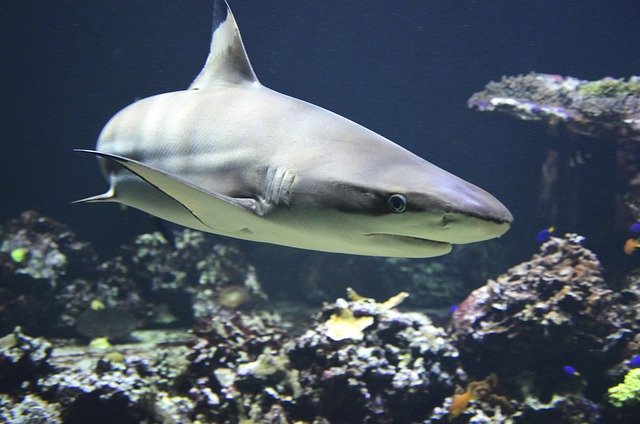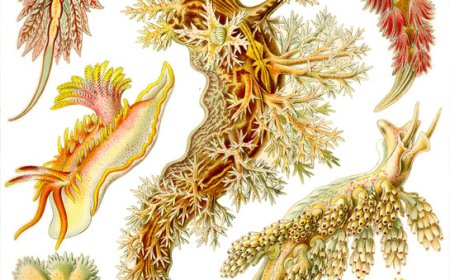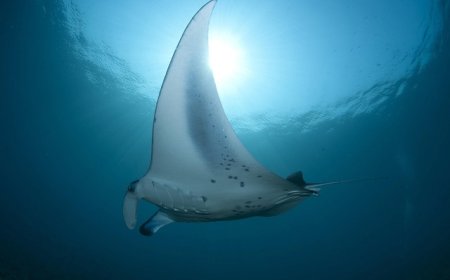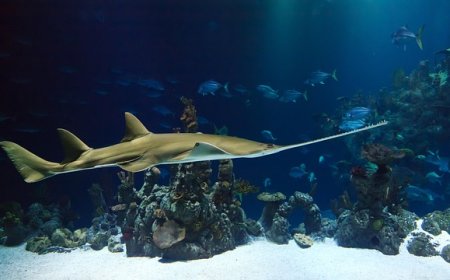Great White Shark Facts for Kids
Explore great white sharks for kids. Learn how these powerful predators hunt, where they live, and why they are important to ocean life.

🦈 Great White Sharks: Apex Predators of the Ocean
The Great White Shark is one of the most famous and feared animals in the ocean, but there’s much more to this powerful predator than scary stories. Known for its size, speed, and razor-sharp teeth, the great white plays a vital role in keeping marine ecosystems healthy.
Its real name is Carcharodon carcharias, and it’s found in oceans all over the world. While often misunderstood as a monster of the sea, the great white shark is a complex and important predator—and one now in need of protection.
🌍 Habitat and Geographic Range
Great white sharks live in coastal and offshore waters with temperatures between 50°F and 80°F (10°C–27°C). They are most commonly found near:
- South Africa
- Australia
- California (USA)
- New Zealand
- Chile
They prefer waters near continental shelves where prey is abundant. Great whites often migrate thousands of miles and have been tracked crossing the Pacific.
They spend time both near the surface and in deep water, diving to depths of over 3,000 feet (900 meters).
🐟 Diet and Hunting Behavior
Great white sharks are carnivores and apex predators. Their diet includes:
- Seals and sea lions
- Fish (tuna, rays)
- Smaller sharks
- Whales (mostly scavenged)
- Dolphins (rarely)
They are famous for their powerful bite and sudden attacks. When hunting seals, they often strike from below, breaching the surface. Their rows of serrated teeth slice through flesh with ease.
Great whites have incredible senses:
- Smell: Detect a drop of blood from miles away
- Hearing: Sense low-frequency sounds
- Sight: Excellent in light and dark
- Electroreception: Detect electric fields using ampullae of Lorenzini
Most “attacks” on humans are mistakes—sharks often let go after a bite.
🦴 Physical Features and Adaptations
Great whites are built for fast, powerful swimming:
- Grow up to 20 feet long and weigh over 5,000 pounds
- Torpedo-shaped body for speed (up to 25 mph)
- Countershading: gray top, white belly
- Replaceable teeth that regrow
- Crescent-shaped tail for bursts of speed
They have large livers filled with oil for buoyancy.
👥 Behavior and Social Life
Great whites are mostly solitary but may gather where food is plentiful. They are curious and often investigate new objects.
They may show social preferences, returning to hunt in the same places and possibly recognizing individuals.
They also spy-hop, lifting their heads above water like whales.
🍼 Life Cycle and Reproduction
Great whites are ovoviviparous. After a 12–18 month pregnancy, females give birth to:
- 2 to 10 pups, each about 4–5 feet long
Pups are born independent and head to shallow areas. Great whites can live up to 70 years and mature around 15 years.
⚠️ Threats and Conservation
Great whites face risks from humans:
- Overfishing and bycatch
- Shark finning
- Pollution
- Climate change
They are now vulnerable on the IUCN Red List. Conservation includes protected zones, tagging, fishing bans, and education.
🎉 Fun Facts About Great White Sharks
- Detect heartbeats using electroreceptors
- Teeth regrow throughout life
- Can jump 10 feet out of water
- Sharks have existed for over 400 million years
- Largest confirmed great white was > 21 feet long
🧠 Vocabulary List
- Apex predator – top of the food chain
- Electroreception – sensing electric fields
- Countershading – camouflage coloring
- Ovoviviparous – live young from eggs inside mother
- Buoyancy – ability to float
- Bycatch – accidental catch in nets
- Ampullae of Lorenzini – shark electroreceptors
- Cartilage – shark skeleton tissue
- Spy-hopping – head above water
- Finning – removing and discarding shark fins
✅ Great White Shark Quiz: Predator or Prey?
1. What do great whites mainly eat?
A. Seaweed
B. Seals, fish, and small whales
C. Jellyfish
D. Coral
Answer: B. Seals, fish, and small whales
2. How do sharks detect electric fields?
A. With eyes
B. Through taste
C. Ampullae of Lorenzini
D. Fins
Answer: C. Ampullae of Lorenzini
3. What is a shark’s skeleton made of?
A. Bone
B. Plastic
C. Cartilage
D. Shell
Answer: C. Cartilage
4. Why are great whites in danger?
A. They are too big
B. They swim slowly
C. Overfishing, finning, pollution
D. They don’t eat enough
Answer: C. Overfishing, finning, pollution
5. What is a baby shark called?
A. Pup
B. Calf
C. Kitten
D. Chick
Answer: A. Pup
🧒 Kid-Friendly Summary
Great white sharks are big, strong ocean predators with sharp teeth and amazing senses. They eat seals, fish, and other sea animals. Even though people fear them, they’re not out to get humans—they’re just curious!
Great whites are vital for ocean health but face threats from fishing and pollution. We can help by protecting sharks and keeping the ocean clean.




















































